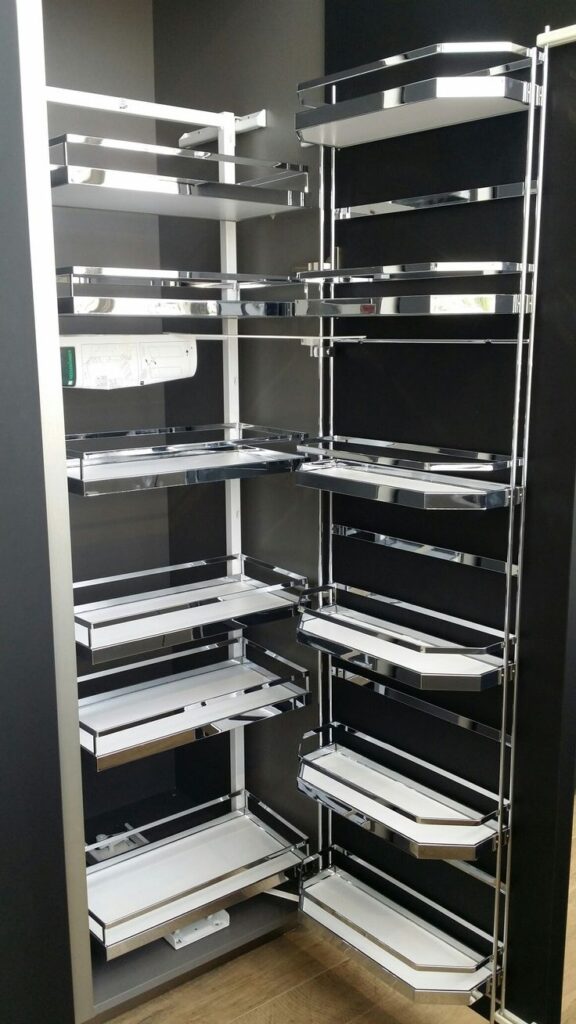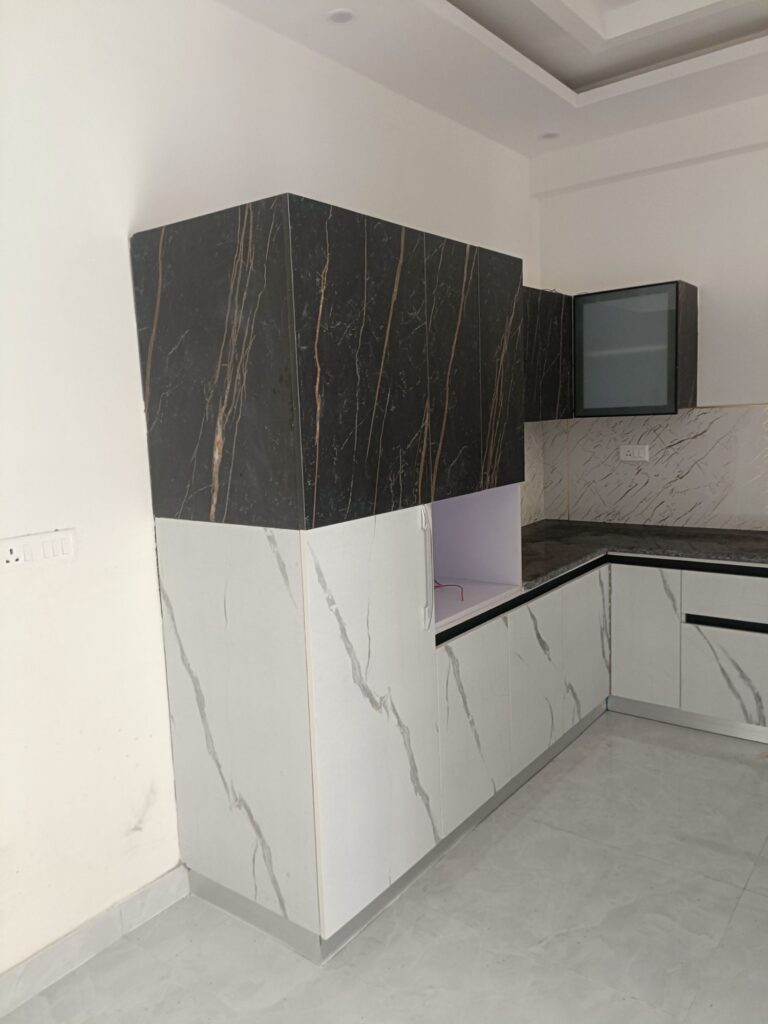
The Ultimate Guide to Organizing Your Kitchen Pantry
A well-organized kitchen pantry is the secret to efficient cooking and stress-free meal prep. Whether you have a spacious walk-in pantry or a small cabinet, a well-thought-out system can make a world of difference. In this guide, we’ll explore tips and tricks to help you create a functional and stylish pantry that meets your needs.
Step 1: Declutter and Take Inventory
Before you start organizing, empty your pantry completely and take inventory of everything inside. Check expiration dates and discard expired or stale items. Donate any non-perishable goods you don’t plan to use. This process will give you a fresh start and help you determine what you truly need.
Step 2: Categorize Your Items
Grouping similar items together makes it easier to find what you need. Some common pantry categories include:
- Baking supplies (flour, sugar, baking soda)
- Grains and pasta (rice, quinoa, pasta, oats)
- Snacks (chips, nuts, granola bars)
- Canned goods (soups, vegetables, beans)
- Spices and seasonings
- Breakfast items (cereal, pancake mix, syrup)
- Beverages (coffee, tea, juices)
Using clear containers and labeled baskets can further streamline organization and keep items from getting lost in the back.
Step 3: Choose the Right Storage Solutions
Investing in the right storage solutions can make a significant impact on your pantry’s functionality. Here are some ideas:
- Clear Containers: Store dry goods in airtight, clear containers to keep food fresh and easily visible.
- Lazy Susans: Perfect for organizing spices, oils, and condiments.
- Stackable Shelves: Maximize vertical space by adding shelves for canned goods and smaller items.
- Baskets and Bins: Use these for grouping similar items and reducing clutter.
- Door Organizers: Utilize the back of the pantry door for extra storage, such as spice racks or hanging pockets.

Step 4: Label Everything
Labels make it easy to locate items quickly and ensure everything goes back in its proper place. Whether you use pre-made labels, chalkboard labels, or a label maker, keeping everything clearly marked will help maintain order in your pantry.
Step 5: Optimize for Accessibility
Arrange items strategically so that frequently used ingredients are within easy reach. Heavier items should go on lower shelves, while less-used or seasonal items can be stored on higher shelves. If you have kids, create a kid-friendly snack zone with healthy treats they can grab easily.
Step 6: Maintain and Refresh Regularly
A well-organized pantry requires occasional maintenance. Set a reminder to check your pantry every few months to remove expired items, clean shelves, and adjust storage as needed. A little upkeep will keep your pantry functional and clutter-free.

Final Thoughts
An organized pantry not only makes cooking easier but also helps reduce food waste and save money. By implementing these simple strategies, you can create a pantry that is both practical and visually appealing. Happy organizing!
Do you have any favorite pantry organization tips? Share them in the comments below!
- Kitchen Hardware
- The Ultimate Guide to Organizing Your Kitchen Pantry
- The Timeless Appeal of Wooden Study Tables:
- The Art of Office Decoration:
- Creating the Perfect Bedroom:
MD WOODCRAFT

0 comments